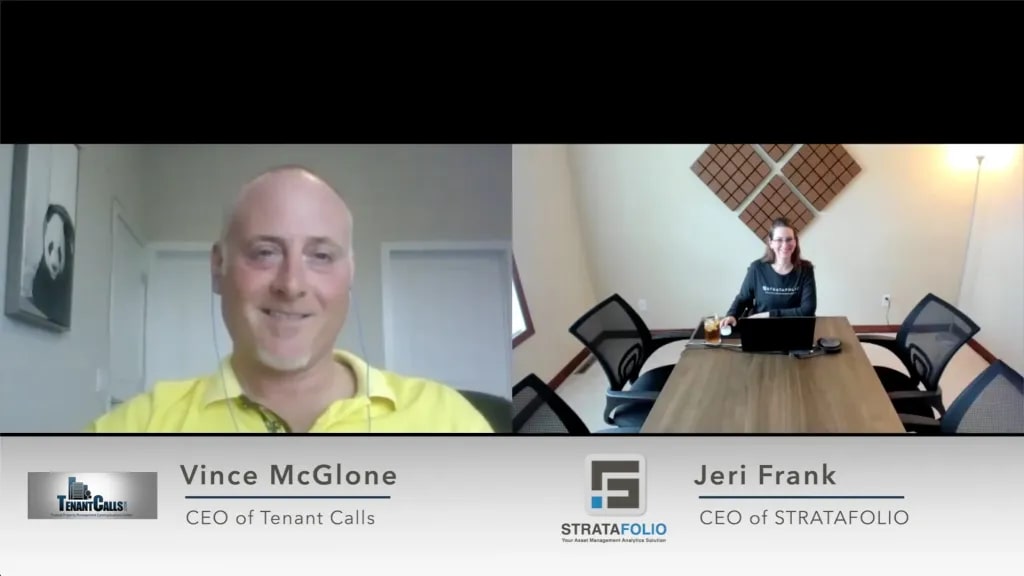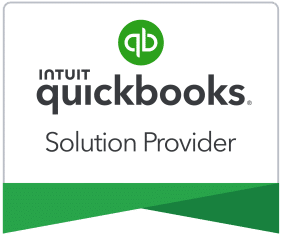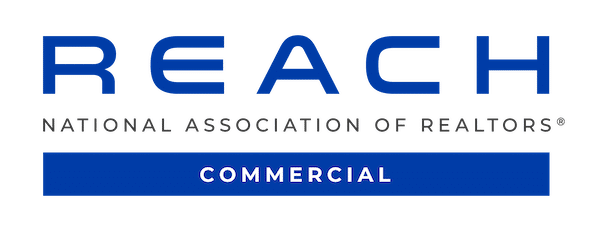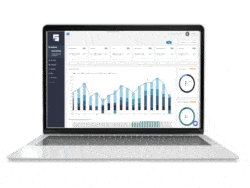If you aspire to become a successful commercial real estate owner, or if you’re seasoned but need a refresher, you should familiarize yourself with a number of commercial real estate terms and definitions. From industry terms to items you’ll see in a commercial lease, here are our top 25 commercial real estate terms you need to know to stay ahead of the game.
Basic definitions
1. Annual Debt Service (ADS):
The total amount of principal and interest payments made over a 12-month period.
2. Broker:
An individual or firm that acts as an intermediary between traders, sellers or buyers.
3. Built-to-Suit:
Where a commercial property tenant enters into an agreement with a developer or landowner to construct a new, custom-built facility for lease.
4. Cap Rate:
Otherwise known as Capitalization Rate, this is the expected rate of return on a real estate investment property.
5. Cash Flow (CF):
This represents the net amount of cash and cash equivalents moving in and out of a company.
6. Cash-on-Cash Return:
A term that calculates the cash income earned on the cash invested in a property. (The annual return an investor made on a property in relation to the amount of mortgage paid during the same year.)
7. Certificate of Insurance:
A Certificate of Insurance, commonly known as a COI, is a document that summarizes your insurance coverage.
8. Common Area Maintenance:
These fees, commonly known as CAM, require tenants to pay landlords to help cover the costs associated with overhead and operating expenses of areas in a commercial property that are common to all tenants.
9. Debt Coverage Ratio:
Otherwise known as Debt-Service Coverage Ratio, it is a metric that compares a company’s cash flow against its debt obligations.
10. Effective Gross Income (EGI):
This term means all the income generated by a property, including rent, tenant reimbursements, and income from various sources like late fees and vending machines.
11. Gross Lease:
A commercial lease that has one, all-inclusive rate which includes both base rent and the operating expenses (property taxes, insurance and CAM charges), combined into one amount. With this, tenants make one single payment to the landlord each month.
12. Gross Rental Income (GRI):
A metric that represents all income received in a commercial property from gross leases.
13. Landlord:
A property owner who leases or rents property to another.
14. Lease Escalation:
Commonly, commercial leases include lease escalations clauses, which automatically and periodically increase a tenant’s rent. Sometimes referred to as an escalation clause, an annual increase clause, an annual rent increase or an annual rent bump.
15. LOI:
Meaning Letter of Intent, this is a letter that outlines the terms of a deal and serves as an “agreement to agree” between the parties.
16. Modified Gross Lease:
A term in a lease that means the expenses are both the landlord’s and the tenant’s responsibility.
17. Net Operating Income (NOI):
This is a measure of an income-generating real estate asset’s profitability. The calculation involves subtracting all operating expenses on the property from all the revenue generated by the property.
18. Occupancy Rate:
The ratio of rented or used space to the total amount of available space.
19. Rent Roll:
A rent roll is a report that acts as a snapshot of the value of a rental property. Commonly, it lists all of a property’s current tenants, rent amounts, lease terms, tenant contact details and more.
20. Rentable Squre Feet (RSF):
Refers to the number of square feet the rent is based on, including space outside the actual rental area like stairways, lobbies, corridors, etc. This is not to be confused with Usable Square Feet, the space a tenant can use and occupy from wall to wall.
21. Sublease:
An agreement where someone takes over part or all of an existing lease.
22. Tenant:
A person who occupies land or property rented from a landlord.
23. Total Operating Expenses (OpEx):
OpEx refers to all of the costs that are associated with operating and maintaining a commercial building, such as utilities, maintenance, exterior work, insurance, management and property tax.
24. Triple Net (NNN):
A triple-net lease is a lease agreement on a property where the tenant agrees to pay all of the expenses of the property, including taxes, insurance and common area maintenance.
25. Vacancy Rate:
The percentage of all available units is a rental property that are vacant or unoccupied.
These top 25 commercial real estate terms are just the tip of the iceberg but will give you a solid understanding of most of the common terms in the industry.
Whether you’re a seasoned professional or new to the commercial real estate game, STRATAFOLIO can help you manage your commercial real estate portfolio. Contact us today to see how.






